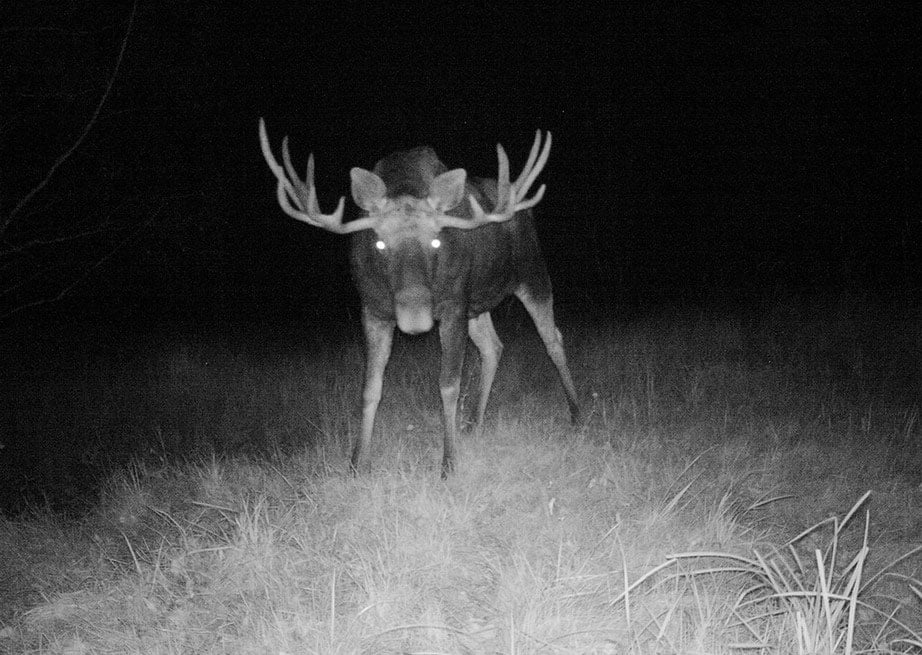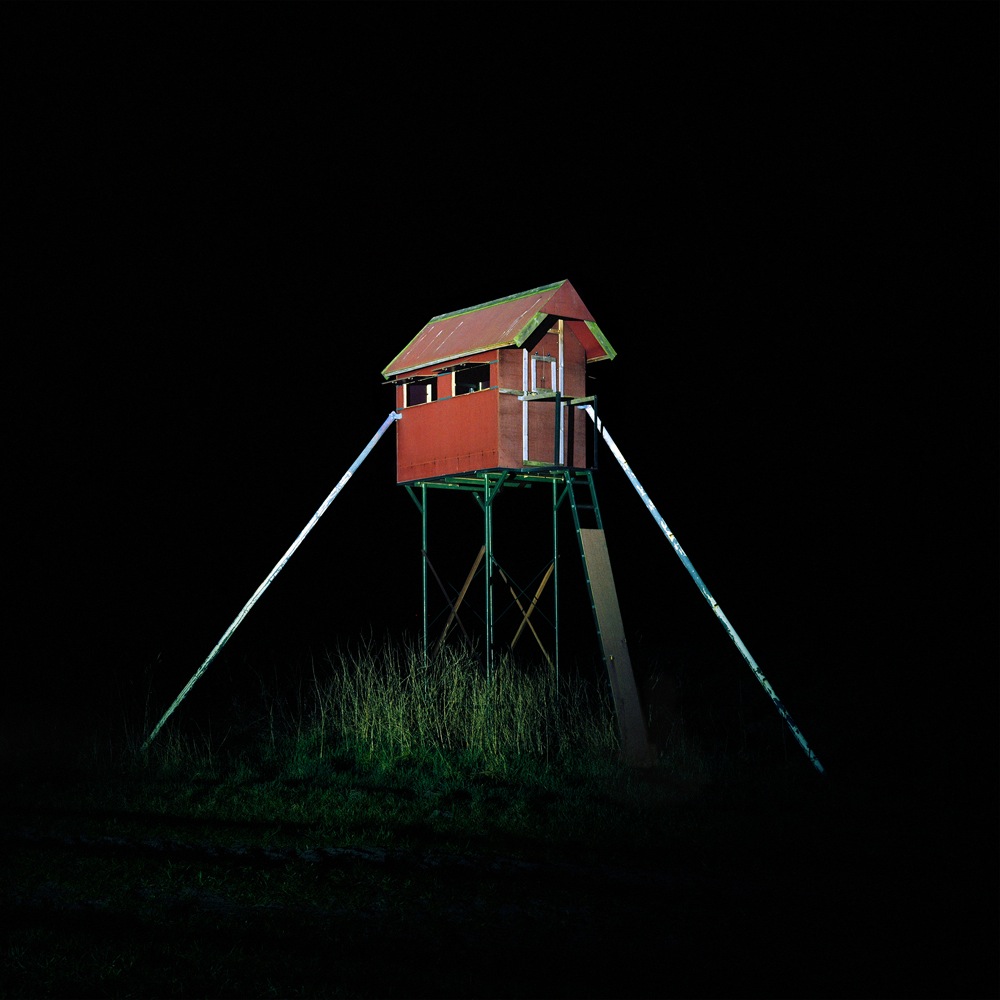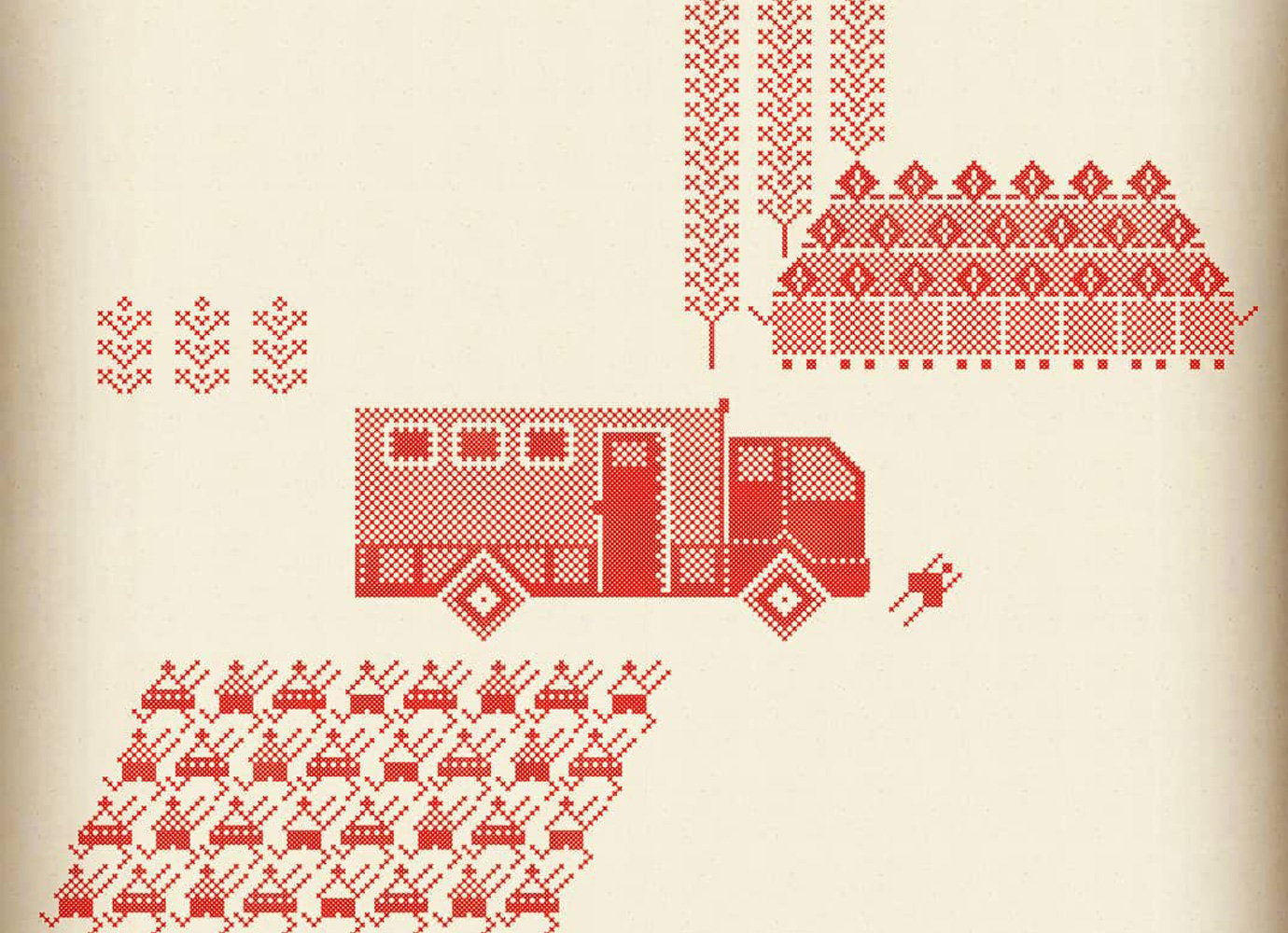Photographing the magic and mystery of Belarus’s marshlands
Hidden just a few kilometres from the EU border is Polesia: Europe’s large pristine region of wetlands, bogs, and primeval forests. Over the last decade, conservationists have tried to bring more attention to this wilderness area, often dubbed “the Amazon of Europe”. Stretching across Poland, Belarus, Ukraine, and Russia, the area suffered severely in the Chernobyl disaster, and today is increasingly under threat both from climate change, and risky proposals to create an inland shipping route, which could cause irreparable damage to the landscape and its unique labyrinth of waterways. For Belarusian photographer Liliya Hryn, born in one of the Belarus’ oldest cities, Pinsk, in the country’s south, these forests, marshes, moors, swamps, and streams, are not only home — it is where her imagination runs free.
“For five years, I was living away from home, studying and working in neighbouring Lithuania. Over that time, I realised I was aching for my native Belarus. In those last six months, I did everything to try and convince myself to stay in Vilnius,” she says on her decision to return. Back home, her family had just finished building a farmhouse outside Pinsk. She packed up her belongings and moved to the farm in the hope of setting her next photo project there. Once she arrived, she was entranced by the magic of her new surroundings. The small bogs that characterise the landscape hark back to the time when this place was an island surrounded by impassable floodplains. “This is a place where fairytales are born,” she told herself.
Even the origins of the farm itself could be the beginning of a story: “Once upon a time, there were three brothers,” she starts. “Their father decided to give them each a piece of land. Each brother built a hut and each planted three pine trees in the middle of the swamps and forests. “Here, on the farm, you can find the huts. You can see that one brother got the better end of the bargain by the differences in the bogs.”
Hryn chose to shoot after dark, when the farm is silent but for the sound of barking dogs. As she describes it: “At twilight, a wind rises in the reeds and the resounding barks turn into a lullaby.” In the dead-of-night, these landscapes become something different, something new. The night sky and swampland bleed into each other. Animals emerge out of the shadows, reminding us that life is bountiful in this land on the edge of darkness. “How do you know when you are back home? When even surrounded by darkness, you don’t ever feel lonely,” says the photographer. “It’s as if some ancient spirit touches your heart and gives a sense of calmness.”


